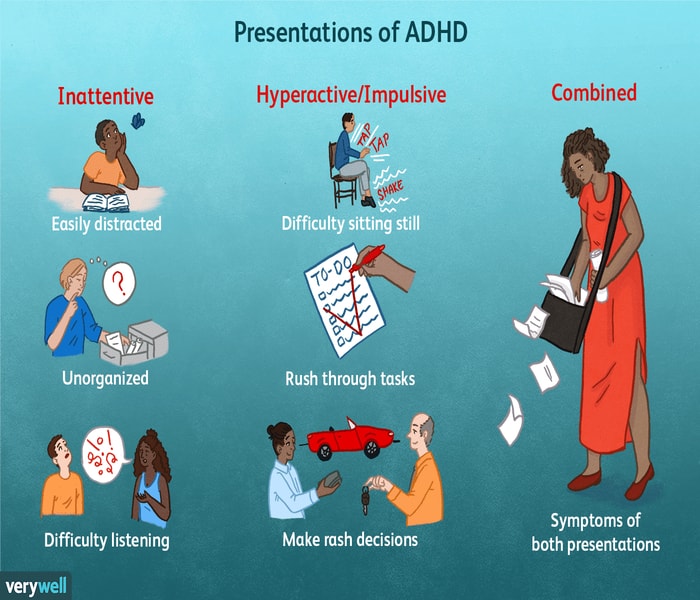

Disorganization and problems prioritizing.The inability to control impulses can range from impatience waiting in line or driving in traffic to mood swings and outbursts of anger. Adults with ADHD may find it difficult to focus and prioritize, leading to missed deadlines and forgotten meetings or social plans. Many adults with ADHD aren't aware they have it - they just know that everyday tasks can be a challenge. In adults, the main features of ADHD may include difficulty paying attention, impulsiveness and restlessness. In fact, some authorities believe that the condition, when properly managed and channeled, can be turned into an asset.įind a Baptist Health Behavioral Health Provider for more information.Some people with ADHD have fewer symptoms as they age, but some adults continue to have major symptoms that interfere with daily functioning. But in any case, actively addressing the disorder can produce positive results. The approach taken depends on a number of factors, including the type and severity of the condition. There are a variety of treatments for ADHD, from talk therapy to medication. Often interrupts or intrudes on teachers or classmatesĬombined Type ADHD may be diagnosed if a person has six or more symptoms of each of the other two types.Often appears to be “driven” in their activities.Frequently runs or climbs in situations where it is inappropriate.Gets out of their seat when expected to remain seated.Often is restless or fidgets in their seat.Symptoms of ADHD, Primarily Hyperactive-Impulsive TypeĪ diagnosis of ADHD, Primarily Hyperactive-Impulsive Type may be made if a person demonstrates six or more of the symptoms below. Tends to be forgetful regarding daily activities.Frequently loses items necessary for tasks/activities.Dislikes and attempts to avoid tasks that require sustained focus and mental effort.Struggles with organizing tasks and activities.Frequently does not follow through on instructions and does not finish projects.May not appear to be listening when spoken to.Frequently fails to give close attention to details and makes mistakes.

Symptoms of ADHD, Primarily Inattentive Typeĭoctors diagnose ADHD, Primarily Inattentive Type if a person demonstrates at least six of the symptoms below. Understanding which type of ADHD a person has is helpful in finding the right treatment. People with this type have both difficulty in staying focused and impulsive behavior. This is what many people think of as the “classic” presentation of ADHD, with the person fidgeting, blurting out answers in class, being easily distracted and having trouble sitting still.
Diferent types of add vs adhd manual#
While ADD is still used in casual conversation, the Diagnostic and Statistical Manual of Mental Disorders, Fifth Edition (DSM-5) and healthcare providers use ADHD. In short, since 1994, ADHD has been the accepted term for the condition. However, the difference between the two terms can be confusing. The Centers for Disease Control and Prevention (CDC) estimates that there are 6.4 million children in the U.S. Attention deficit disorder (ADD) and attention deficit hyperactivity disorder (ADHD) are terms that most people have heard, in part because attention/hyperactivity disorders are very common.


 0 kommentar(er)
0 kommentar(er)
